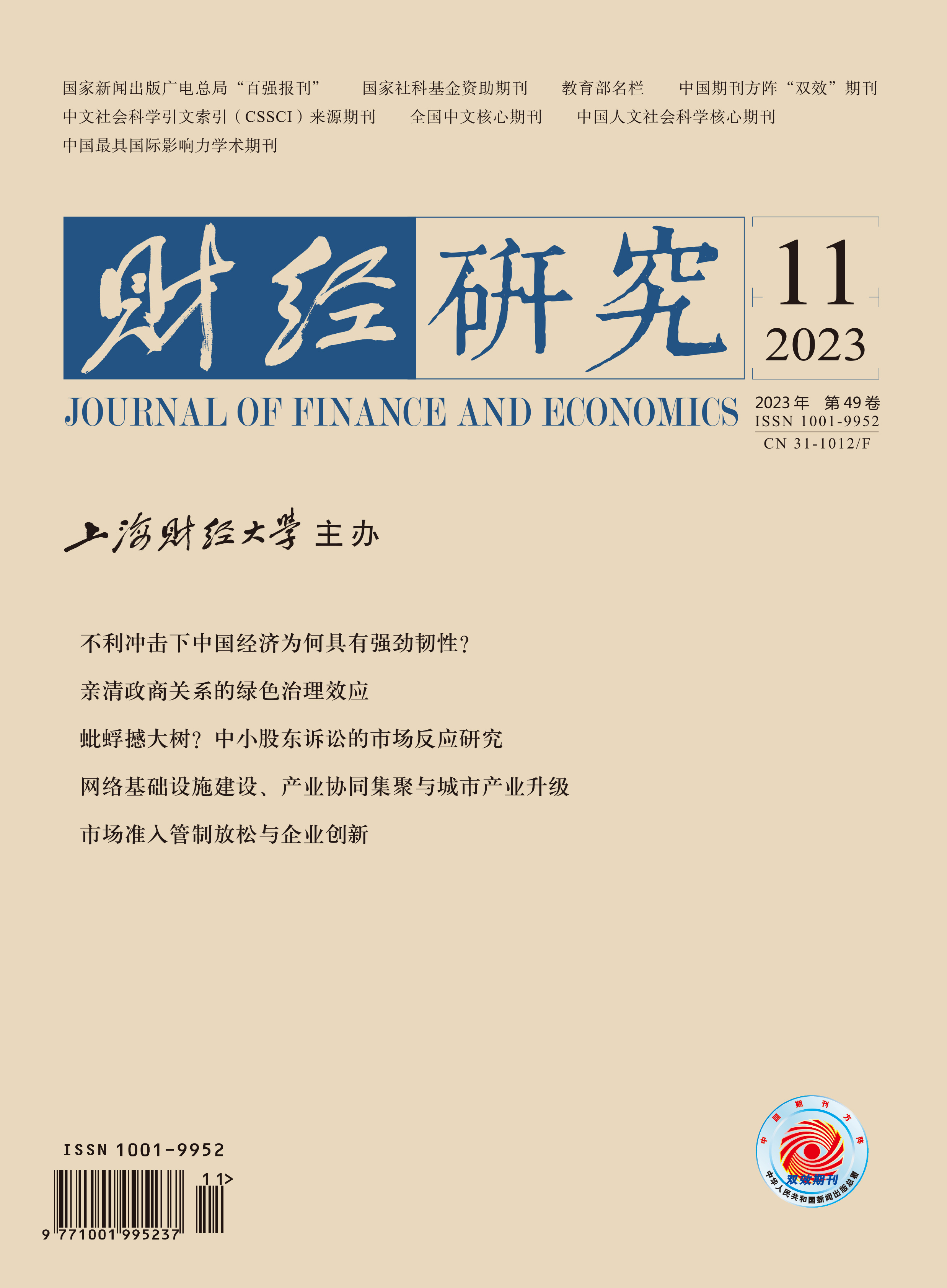As “knowledge products”, technology factors are the intellectual output formed by long-term exploration of technology innovation talents (teams). Therefore, the market transaction of technology factors requires extensive and flexible cooperation between market entities and technological innovation talents (teams). Based on the mechanism of market allocation of technological factors, from the perspective of transformation of government functions, this paper observes the 39402 kinds of flow paths of technology factors among 199 cities, constructs the “matching flow model” among cities, and empirically analyzes the influence mechanism of reducing institutional transaction cost on the circulation of technology factors among cities.
It is found that reducing institutional transaction cost can enable innovation entities to establish cooperation, promote the creation, utilization and transformation of technology factors, and thus realize the economic value of technology factors. A city with lower institutional transaction cost can obtain more technology factors into the city, and its technology factors will be more received by other cities. At the same time, the circulation of technology factors among cities has a significant “synergistic effect” and “siphon effect”. The influence mechanism analysis shows that when the transportation cost caused by geographical distance and transportation infrastructure is lower, the reduction of institutional transaction cost can promote the circulation of technological factors among cities more significantly. In addition, when there are more innovative and entrepreneurial activities which bring along larger demand for technology factors, the reduction of institutional transaction cost can promote the circulation of technology factors more significantly.
The contributions of this paper are that: (1) At the theoretical level, it discusses the internal mechanism of technology factors as “knowledge products” to realize market allocation, provides new evidence for Coase Theorem focusing on technological factors, and establishes a theoretical framework for analyzing the impact of institutional transaction cost on the circulation of technology factors among cities. (2) At the empirical level, it initially examines the impact of institutional transaction cost of cities on the circulation of technology factors among cities in China. (3) From the perspective of spatial circulation of technology factors, it observes the 39402 kinds of flow paths of technology factors among 199 cities, and more accurately describes the market flow paths of patent technologies among cities. (4) It provides policy reference for promoting the transformation of government functions, optimizing public services, and promoting the construction of unified technology market.





 2882
2882  2567
2567

